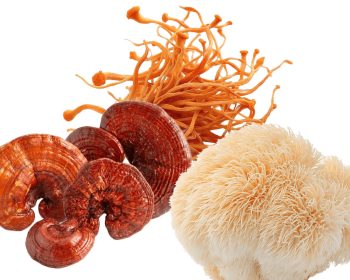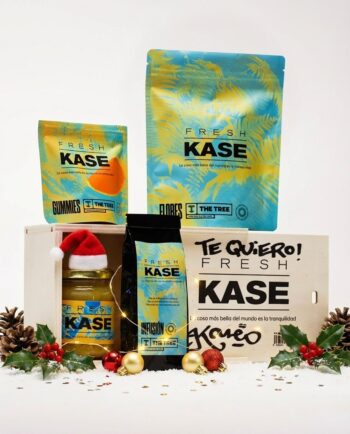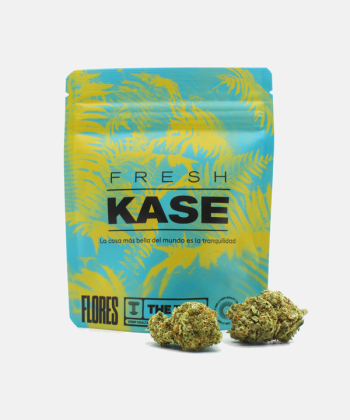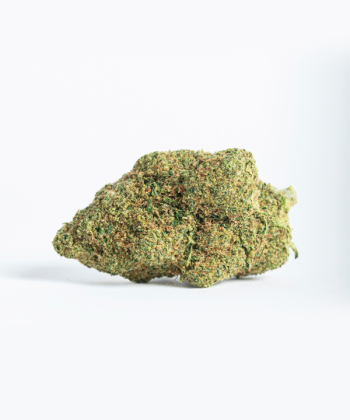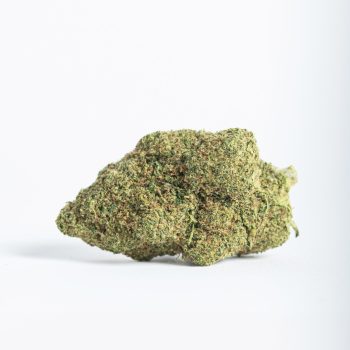H4CBD or hexahydrocannabidiol, also known as hydrogenated CBD, is a synthetic compound capable of interacting with the endocannabinoid system. In other words, it is a cannabinoid that is produced in laboratories and is derived from CBD, using specialised chemical synthesis techniques.
Although H4CBD is gaining some popularity lately, it is important to note that this substance is not a novelty, as it has been known for over 80 years¹. The synthesis of H4CBD was first carried out in the 1940s, although researchers did not become interested in exploring its properties until about two decades ago, when cannabinoids began to rise in popularity due to their potential.
Thus, although it has been known for decades, it is only in recent years that it has begun to attract renewed interest, especially in the scientific community and among those interested in the potential benefits of cannabinoids.
How is H4CBD obtained?
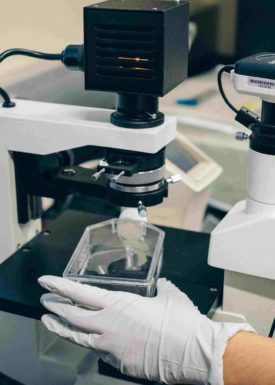
This structural variation is what distinguishes H4CBD from conventional CBD and has generated a great deal of research interest in its possible effects. The affinity of this synthetic cannabinoid for endocannabinoid receptors in the human and mammalian body has been found to be higher than that of CBD. This means that its effects are more potent.
As the scientific community delves deeper into the study of H4CBD, research is being conducted to better understand how this compound interacts with the endocannabinoid system and how it may affect different aspects of the human body.
In other words, the potential anti-inflammatory, analgesic, anxiolytic, neuroprotective and other properties of H4CBD are being explored. However, it is important to note that research on this compound is still in its early stages and clinical trials are needed to confirm its effects.
H4CBD and HHC: similarities and differences
Both H4CBD and HHC are two compounds that have gained popularity recently due to their similarities to cannabidiol (CBD) and tetrahydrocannabinol (THC). Although both compounds are considered cannabinoids, it should be noted that they have different characteristics and effects.
First of all, their origin and chemical structure differ: while H4CBD is a synthetic derivative of CBD that is obtained by specific chemical modifications to this cannabinoid, HHC is found naturally in the cannabis plant in small amounts. However, HHC sold in specialised shops is usually a synthetic substance, which is derived from THC.
Moreover, the two compounds have different effects: H4CBD resembles CBD, while HHC seems to have very THC-like but milder effects².
In summary, although both H4CBD and HHC are synthetic compounds related to CBD and THC, respectively, they have significant differences in terms of chemical structure and effects.
Is H4CBD legal?
As with many other cannabinoids, whether synthetic or not, H4CBD, not being mentioned in any law or specifically prohibited, is considered a legal product. However, the legality of cannabinoids may vary depending on their presentation and/or form of administration, as well as country-specific regulations.
In our country, the forms of administration and consumption of cannabinoids by means other than topical use or inhalation by means of vapes and e-liquids are not legally contemplated. This means that users who consume cannabinoid products in ways other than those mentioned would be misusing them, in contradiction with current legislation.
Finally, it is important to note that products containing H4CBD, HHC or any other synthetic cannabinoid are not intended to diagnose, treat or cure any disease. Under no circumstances should their use be considered a substitute for proper medical treatment. In any case, it is always advisable to consult a doctor to evaluate each specific case and follow the recommendations of your medical specialist.
What products with H4CBD can you buy?
Although H4CBD is a very new active ingredient, there are already a wide variety of products that can be found on the market. Although flowers are not very popular yet, resins such as Pollen Hash H4CBD or Pakistan Hash H4CBD are.
On the other hand, there are also other products such as e-liquids or the Vape Lemon Shocker H4CBD for those who love vaporization.
References
-
- Jacob, A., & Todd, A. R. (1940). 119. Cannabis indica. Part II. Isolation of cannabidiol from Egyptian hashish. Observations on the structure of cannabinol. Journal of the Chemical Society (Resumed), 649-653.
- EMCDDA technical expert meeting on hexahydrocannabinol (HHC) and related cannabinoids | www.emcdda.europa.eu.

